10 Best Adventures of 1999
By:
November 9, 2020
Twenty-one years ago, the following 10 adventures from the Nineties (1994–2003) were first serialized or published in book form. They’re my favorite adventures published that year.
Please let me know if I’ve missed any adventures from this year that you particularly admire. Enjoy!
- Jonathan Lethem’s crime adventure Motherless Brooklyn. When Frank Minna, a small-time Brooklyn mobster who runs an uncredentialed detective agency masquerading as a limo service, is murdered in an alley, the four “motherless” hood rats whom he’d long ago taken under his wing — they call themselves the Minna Men — react in different ways. Lionel Essrog, our narrator, is a powerfully built, lonely fellow who seeks to discover the truth about what’s happened to his mentor and idol; although he suffers from Tourette’s and OCD, Lionel’s neurologically driven obsessiveness and repetitiveness, not to mention his nonstop penchant for wordplay, prove crucially helpful as he seeks answers. Tony, who’s mixed up in a scheme that Frank has concocted, one that involves not only the (rather geriatric) Brooklyn Mob and the shadowy Fujisaki Corporation, sees Frank’s death as an opportunity for his own advancement. Danny goes to ground; and Gilbert is arrested on suspicion of the murder of a Fujisaki bookkeeper. It’s a fast-paced, often funny but also soulful thriller. A trail of clues leads Lionel to a giant Polish hitman, a femme fatale (Frank’s ex-wife), and to a Zen Buddhist instructor with a lot of secrets. As with all of Lethem’s novels thus far, Motherless Brooklyn is an affectionate and erudite send-up of a pulp genre; and more than that. Lionel is a sensitive, romantic, self-aware character whose musings on his own verbal tics, and the mysteries of consciousness in general, leaves the reader laughing with him — never at him. Fun facts: Motherless Brooklyn was awarded the National Book Critics Circle Award for fiction, as well as the Gold Dagger award for crime fiction. The 2019 movie adaptation by Edward Norton takes many liberties with the original, e.g., setting it in 1957. The movie’s cast includes Norton, Bruce Willis, Gugu Mbatha-Raw, and Willem Dafoe.
- William Gibson‘s Bridge science fiction adventure All Tomorrow’s Parties. In the Bridge trilogy’s final installment, we return at last to the San Francisco/Oakland Bay Bridge, the near-future shanty-town/autonomous zone where much of 1993’s Virtual Light took place. Colin Laney, a mutant able to recognize patterns of probability (when “net-running” massive amounts of data), whom we met in 1996’s Idoru, reappears; now homeless and dying, he intuits an approaching “nodal point” and hires rent-a-cop Berry Rydell — from Virtual Light — to investigate. Chevette, also from Virtual Light returns, as does the holographic AI diva Rei Toei (from Idoru) and “existential sociologist” Shinya Yamazaki (from both books). If Laney and Yamazaki seem like thinly veiled self-portraits of Gibson himself, wait until you meet Konrad, the unstoppable assassin whose description — gaunt visage, “wolfishly professorial” — and obsession with wristwatches strike this reader as an inside joke. Will PR mastermind Cody Harwood succeed in turning the incipient nodal point to his own advantage? Can our ragtag band of fucked-up heroes stop him? Weirdly, the final book in the series feels like the one closest to our own point in time. Fun facts: The British writer Steven Poole, whose obsession with political and corporate rhetorical strategems is also very timely, described All Tomorrow’s Parties — in The Guardian — as the culmination of Gibson’s development “from science-fiction hotshot to wry sociologist of the near future.”
- Alan Moore and Kevin O’Neill’s sci-fi comic The League of Extraordinary Gentlemen, Vol. 1 (1999–2000). When Mina Harker, whom readers of Dracula will recognize as Bram Stoker’s brave, perspicacious, thrice-bitten heroine, is recruited by British Intelligence agent Campion Bond (James Bond’s grandfather), she is tasked with recruiting other Victorian-era superheroic individuals — (Jules Verne’s) Captain Nemo, (H. Rider Haggard’s) Allan Quatermain, (Robert Louis Stevenson’s) Dr. Jekyll/Mr. Hyde, (H.G. Wells’s) Invisible Man — to protect the peace and safety of the British Empire, c. 1898. Which are threatened by (Sax Rohmer’s) Fu Manchu, who has stolen antigravity material from (Wells’s) Professor Cavor, with which he plans to build an airship that will pummel London into submission. M., to whom the League reports, turns out to be one of of the greatest Victorian-era villains, with nefarious plans of his own. It’s a fun, fast-paced metatextual adventure perfectly illustrated by Kevin O’Neill, who balances the whimsical with the sordid and violent. Moore, as ever, requires us to reconsider what it means to be a hero — with this agonistic crew of troubled, sociopathic misfits. This is rich stuff — so many literary references, often obscure. This reader is grateful to Jess Nevins, author of the Encyclopedia of Fantastic Victoriana, who has provided copious annotations. Fun facts: The first volume of stories has been followed, thus far, by Volume II (2002–2003), Black Dossier (2007), Volume III: Century (2009–2012), Nemo Trilogy (2013–2015), and Volume IV: Tempest (2018–2019). Elements of Volume I were used in a loosely adapted 2003 feature film — about which the less said, the better.
- Neal Stephenson‘s treasure-hunt adventure Cryptonomicon. During WWII, mathematical genius and codebreaker Lawrence Waterhouse is assigned to an ultra-secret unit whose mission it is to disguise the fact that Allied intelligence has solved Germany’s Enigma code… by staging events that provide alternative explanations for the Allied intelligence successes. US Marine sergeant Bobby Shaftoe is part of Waterhouse’s tactical-deception team. Meanwhile, Japanese mining engineer Goto Dengo, with whom Shaftoe has become friendly, is assigned to conceal a fortune in stolen gold in a bunker constructed on a remote island in the Philippines. Circa 1997, in the book’s other storyline, Lawrence’s grandson Randy is an entrepreneur helping to create a data haven in a sultanate near the Philippines, with the long-term goal of instructing genocide-target populations on the art of defensive warfare. Doug Shaftoe, son of Bobby, and his daughter Amy, do the undersea surveying for the haven’s engineering work… which is overseen by Goto Furudenendu, heir-apparent to Goto Dengo’s empire. Cutting across this three-family historical saga is Enoch Root, chaplain to Bobby Shaftoe’s unit in the 1940s, a Catholic lay worker “trying to bring Internet stuff to China” in the 1990s, and a member of (or advisor to) some kind of ancient secret society that may nudge the advancement of science and Enlightenment from one era to another. The WWII action is thrilling, the present-day treasure hunt somewhat less so but certainly intriguing. An impressive effort. Fun facts: Winner of the Locus SF Award. Root and his secret society, along with various Waterhouses and Shaftoes, also appear in Stephenson’s Baroque Cycle (published in three volumes in 2003–2004), and in his 2019 novel Fall; or, Dodge in Hell.
- Charles Burns‘s graphic story collection Big Baby. These black-and-white comics, published between 1983–1992 and inspired by Burns’s own formative experiences of growing up in the suburbs fascinated by grotesque comic books and cheesy sci-fi movies, are must-reads for fans of the author’s brilliant 1995–2005 graphic novel Black Hole. Those of us who were impressionable youths when the stories first appeared (for example, in RAW) remember them vividly. The titular Big Baby is the mutant-looking Tony Delmonte, an impressionable adolescent who sneaks out of his room one night… only to find himself entangled in a plot — involving summer-camp murders and backyard burials — right out of a late-night B horror movie. I’m reminded of Gahan Wilson’s 1970s comic strip Nuts, about a Gahan Wilson-esque kid who finds humorous weirdness in everyday life; the main difference is Burns’s eerie artwork, which leaves the reader feeling trapped in a Twilight Zone-like dimension. “Teen Plague,” the story most similar to Black Hole, has haunted me for years; but my favorite is “Curse of the Molemen,” an underground adventure prefiguring Burns’s more recent, Tintin-like, excellent series X’ed Out (2010), The Hive (2012), and Sugar Skull (2014). Fun facts: “I was always interested in [the] façade of the American way of life, and what was hidden behind the façade,” Burns said in in an interview. “And that’s what the first [Big Baby] story deals with: monsters on TV — the fake things on TV — and then the real monster that’s living next door who’s beating his wife.”
- Ken MacLeod’s Fall Revolution sci-fi adventure The Sky Road. This alternate sequel to The Stone Canal (1996), the second installment in MacLeod’s Fall Revolution series, is set partly in a distant, idyllic future. Centuries after the civilization-destroying Deliverance, Merrial, a beautiful “tinker” (that is, computer hacker), falls in love with Clovis, a young scholar researching a biography of Myra Godwin-Davidov (“The Deliverer”) and working as a welder on the first spaceship in centuries. She seduces him into extrapolating the ship’s future from Myra’s story, which takes place c. 2050, during an inflection point. Humankind’s future depends on a decision that Myra — who momentarily appeared near the conclusion of The Stone Canal — must now make. How she arrived at this point requires us to travel back even further, to her idealistic days as a Trotskyist in 1970s Glasgow — and the many compromises she’s made en route to her position as the woman in charge of the world’s last remaining nuclear weapons. When the Sheenisov (a Russian-Chinese superpower) threaten global conquest, can she avoid nuclear holocaust? Although published last, I’d suggest reading The Sky Road before the others. Fun facts: Asked by an interviewer, “Of all the characters you’ve conjured, which one did you most relate to and why?”, MacLeod replied, “I think it was Myra in The Sky Road. She has a lot of baggage, a very long life’s load of knowledge and guilt, but she still goes forward and acts decisively.”
- Neil Gaiman’s fantasy adventure Stardust (lavishly illustrated by Charles Vess). When Tristran Thorn sees a star fall on the other side of the border between his English village, Wall, and the mystical realm of Faerie, the teenager rashly sets out to bring it back — as a token of his infatuation for the village belle. Set in the 1850s, the story is narrated in a style that I’d describe as somewhere between Lord Dunsany and William Goldman. Tristran isn’t the only one seeking the fallen star; Morwanneg, an ancient witch-queen, and her equally wicked sisters desire to consume the star’s heart — in order to restore their youth, beauty, and magical ability. As for the fallen star, this turns out to be a beautiful young woman, Yvaine. She was knocked out of the sky, we discover, by the Power of Stormhold, a topaz that marks its bearer as the ruler of Faerie; three ruthless princes seek the jewel. Tristran gets to Yvaine first, thanks in part to a magical candle that allows one to travel many leagues with each step, and in part to his inborn ability to find any location in Faerie. (The reader has learned, in the story’s prologue, that Tristran is half-Faerie himself.) Adventures ensue, as Tristran and Yvaine are aided by the Seelie — that is, faeries benevolently inclined towards humans — and hampered by the Unseelie. Eventually, our protagonists return to Wall… but is the Tristran who set out on this quixotic mission the same one who now returns? Fun facts: “I think we’re in a period right now where fantasy has somehow come to mean a very unimaginative form of literature indeed,” Gaiman said in an interview regarding Stardust, which was awarded the Mythopoeic Fantasy Award for Adult Literature. “Bizarre, paradoxical, ironic and stupid, what should be easily the most imaginative form of literature has become so astonishingly hidebound, predictable and unimaginative.” The 2007 adaptation, directed by Matthew Vaughn and starring Claire Danes, Charlie Cox, Sienna Miller, Michelle Pfeiffer, and others, is not very good — yet it’s become a cult classic, of sorts.
- Tamora Pierce’s Protector of the Small fantasy adventure First Test. Ten years after the conclusion of the four-part Song of the Lioness series, which follows the trials of Alanna of Trebond, a noble-born girl who disguises herself as a boy in order to train as a knight, females are now permitted to try out for knighthood training. Our protagonist is Keladry of Mindelan, the first girl to do so. Although discouraged by the training master, Lord Wyldon, and hazed and bullied by the more misogynistic of her fellow students, Kel perseveres — building friendships with fellow good-hearted misfits, and proving herself at each stage of training. Although she worships Alanna, the female knight never meets or encourages her… although one suspects that the high-quality dagger and bruise balm she receives from an unknown benefactor may be Alanna’s doing. Kel begins protecting other first-year pages from older bullies; she also has a soft spot for the birds that gather outside her window — thus explaining the series title. Her bird friends prove useful when the pages are sent on a mission to wipe out a nest of spider-monsters. But will Lord Wyldon allowing our hero to continue to train to become a knight? Fun facts: Followed by Page (2000), Squire (2001), and Lady Knight (2002). Pierce based Alanna of Trebond on her younger sister, Kim, who became a captain in the military, an ambulance worker, an air rescuer and a nurse.
- Masashi Kishimoto’s Naruto manga adventures (serialized 1999-2014). Twelve years after a fearsome fox spirit killed the Hokage (leader) of Konoha (aka the Village Hidden in the Leaves), 12-year-old Naruto struggles to graduate from Ninja Academy. Seeking the respect of his fellow students, and dreaming of becoming his village’s Hokage one day, Naruto can’t understand why people mock and mistrust him… until Mizuki, a renegade ninja, reveals that Naruto’s father had trapped the fox spirit in the newborn boy’s body… at the cost of his own life. Naruto was published for fifteen years in the long-running, best-selling Japanese magazine Weekly Shōnen Jump; the storyline described here covers only the first 238 chapters, i.e., Part One of Naruto’s story. Having become a ninja, Naruto joins Team 7, along with his frenemy Sasuke Uchiha, his crush Sakura Haruno, under the tutelage of the elite ninja Kakashi Hatake. The team succeeds at various missions, after which its members are permitted to take a ninja exam and advance to a higher rank. During the exams, the criminal Orochimaru kills Konoha’s current Hokage; after this, Team 7 splits up. Sasuke joins Orochimaru, who wishes to train him because of his powerful genetic inheritance; Sakura is apprenticed to Tsunade, a talented “medical ninja” and the town’s new Hokage; and Naruto leaves Konoha to receive training from Jiraiya, the “toad sage” who was Naruto’s father’s teacher. Fun facts: Naruto is the fourth best-selling manga of all time, trailing only Eiichiro Oda’s One Piece, Akira Toriyama’s Dragon Ball, and Takao Saito’s Golgo 13. It was released in tankōbon (book) form in 72 volumes (comprising 700 chapters); and adapted as two long-running anime TV shows: Naruto and Naruto Shippuden. There are also Naruto movies, video games, and other media.
- Louis Sachar’s YA treasure-hunt adventure Holes. A humorous, intricately plotted, touching story that touches on serious topics from racism to homelessness. Falsely accused of stealing a pair of shoes from a famous basketball player, an overweight teenager — with a palindromic name, Stanley Yelnats — is remanded to a juvenile corrections facility situated in the middle of an impassable Texas desert. Overseen by cruel guards, and threatened by rattlesnakes and poisonous lizards, Stanley and Camp Green Lake’s other inmates are required to dig five-foot-deep cylindrical holes in the dried-up lake bed. This is supposedly a form of rehabilitative punishment, but Stanley comes to suspect that they’re actually searching for something of value. Although kindness and empathy aren’t encouraged at Camp Green Lake, Stanley and a boy named Hector (“Zero”) become friendly. Zero puts up with Stanley’s ranting about a family curse; and Stanley follows Zero when his quiet friend escapes the camp. Will they survive their desert trek — and find the buried treasure? Fun facts: Winner of the U.S. National Book Award for Young People’s Literature and the Newbery Medal, Holes was followed by Stanley Yelnats’ Survival Guide to Camp Green Lake (2003) and Small Steps (2006). I haven’t seen the 2003 Disney movie adaptation.
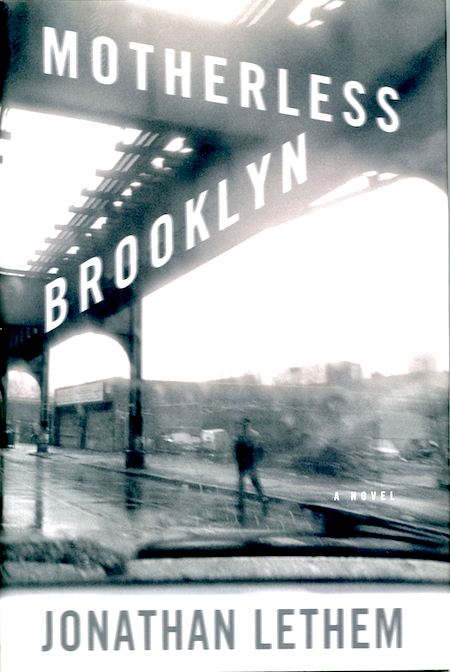
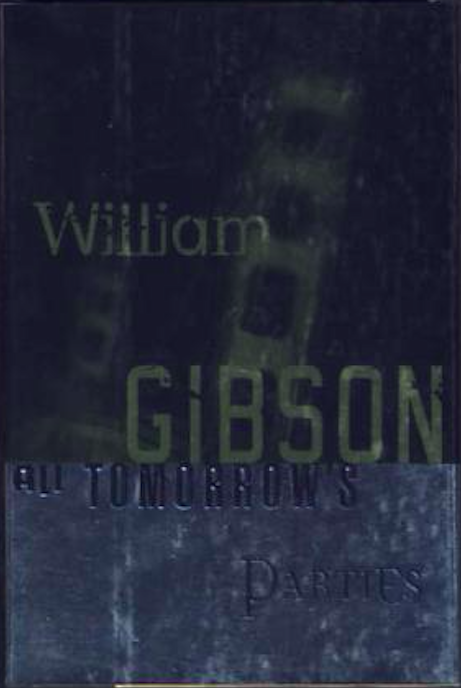
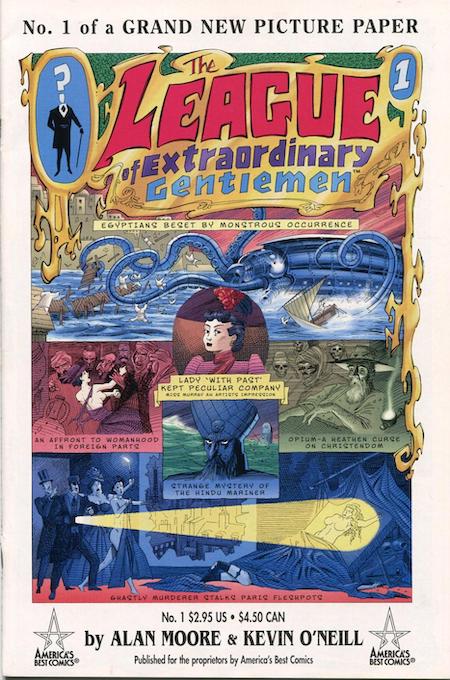
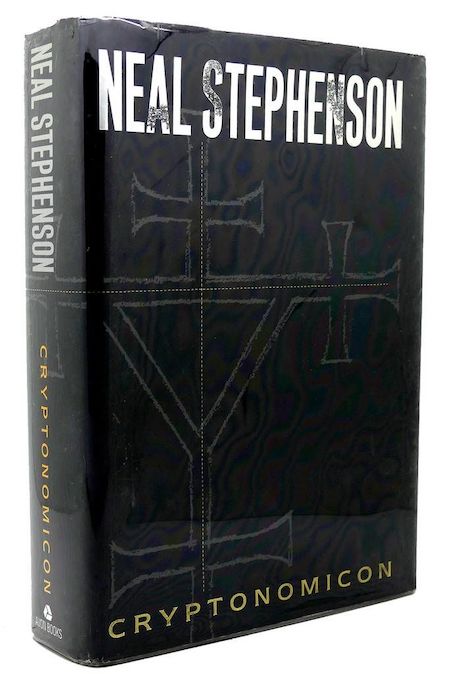

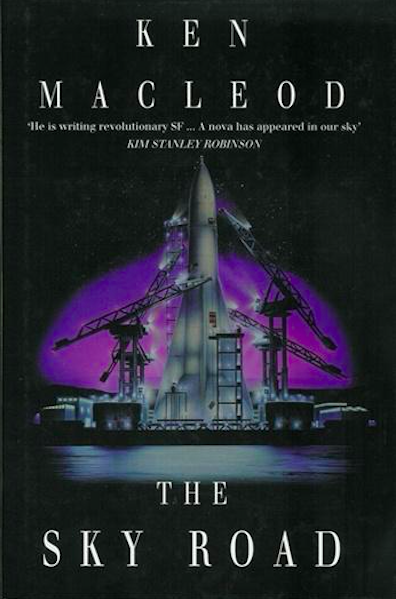
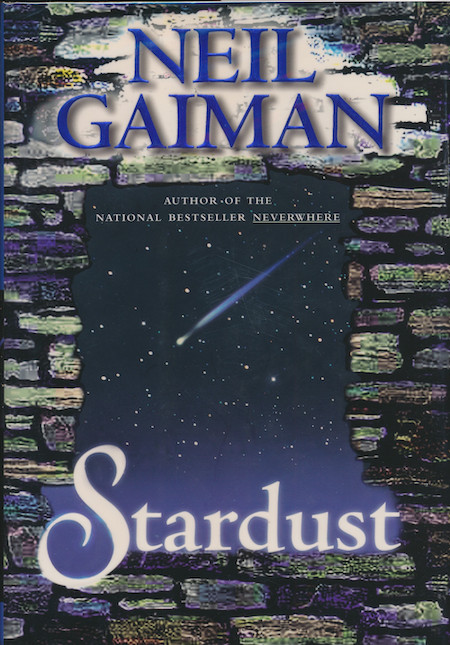
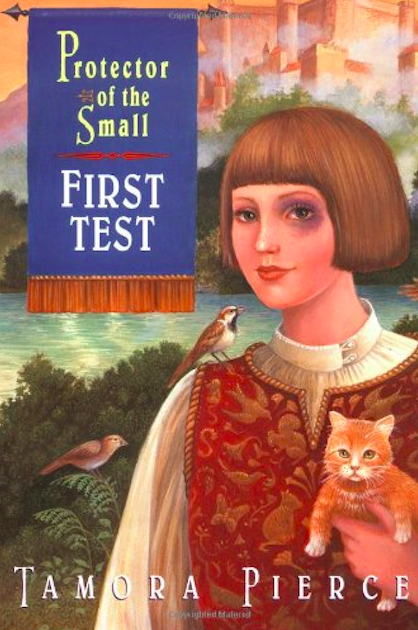
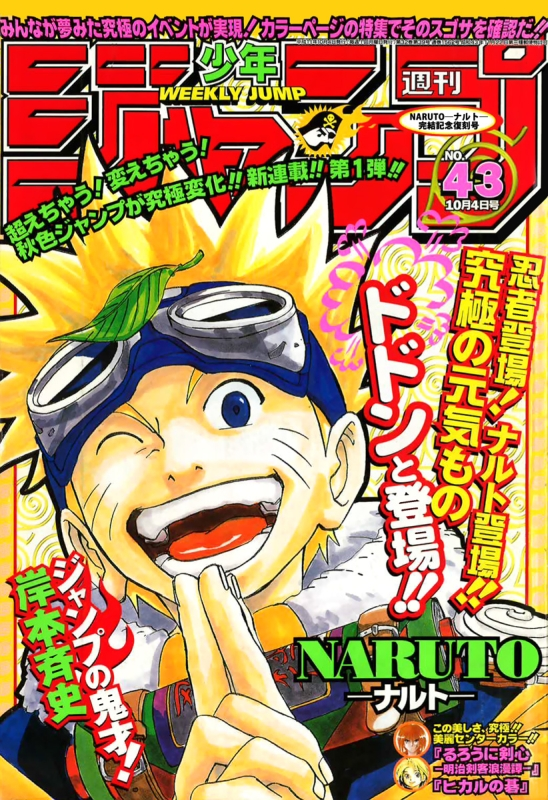
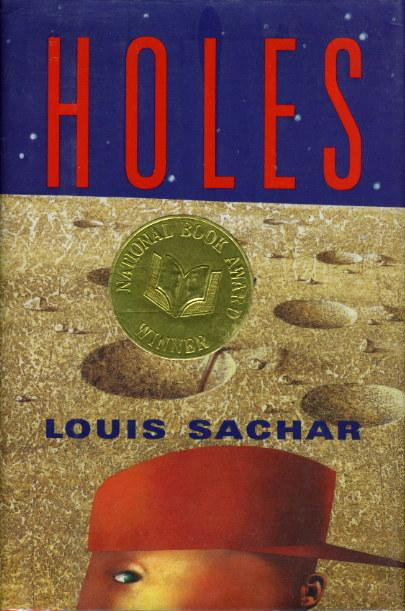
JOSH GLENN’S *BEST ADVENTURES* LISTS: BEST 250 ADVENTURES OF THE 20TH CENTURY | 100 BEST OUGHTS ADVENTURES | 100 BEST RADIUM AGE (PROTO-)SCI-FI ADVENTURES | 100 BEST TEENS ADVENTURES | 100 BEST TWENTIES ADVENTURES | 100 BEST THIRTIES ADVENTURES | 75 BEST GOLDEN AGE SCI-FI ADVENTURES | 100 BEST FORTIES ADVENTURES | 100 BEST FIFTIES ADVENTURES | 100 BEST SIXTIES ADVENTURES | 75 BEST NEW WAVE SCI FI ADVENTURES | 100 BEST SEVENTIES ADVENTURES | 100 BEST EIGHTIES ADVENTURES | 75 BEST DIAMOND AGE SCI-FI ADVENTURES | 100 BEST NINETIES ADVENTURES | 75 BEST HADRON AGE SCI-FI ADVENTURES | NOTES ON 21st-CENTURY ADVENTURES.
